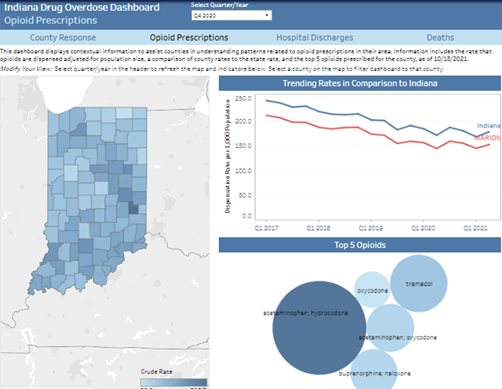 Despite the effectiveness of cognitive behavioral therapy (CBT) for treatment of substance use disorder (SUD), dissemination to clinical practice is limited due to a range of barriers. Computer-based training for cognitive behavioral therapy (CBT4CBT) offers a feasible and cost-effective opportunity to improve the quality and reach of SUD treatment. Previous research has supported the effectiveness of CBT4CBT in outpatient settings; however, this study is one of the first to examine its effectiveness in a residential setting.
This study evaluated the feasibility of CBT4CBT as an adjunct to residential treatment in a sample of women with SUDs using a two-arm pilot randomized controlled trial comparing women randomized to either standard residential treatment plus access to the CBT4CBT program (34 participants in this group) or residential treatment as usual (TAU; 29 participants in this group). Assessments occurred at baseline, discharge from residential care, and at 4- and 12-weeks post-discharge. The study compared the two groups over the 12-week follow-up period on relapse to any substance, relapse to primary substance, and days of use. Demographically, the sample was predominantly African American (79.4%), with a mean age of 41.2 years. Although the current study was not powered for statistical significance, findings were in the predicted direction, with women in the CBT4CBT group reporting lower likelihood of relapse, longer time to relapse, and fewer days of substance use in the follow-up period compared to women in TAU.
 Opioid overdose-involved deaths among Americans older than 55 have increased 10-fold since 1999, and older Black men in particular have been disproportionately impacted, according to a study published by JAMA Network Open. Research led by Maryann Mason, PhD, an associate professor at the Feinberg School of Medicine at Northwestern University, found that from 1999 to 2019, 79,893 individuals older than age 55 died due to opioid overdose. The annual rate of overdose deaths among the 55-and-over population during the period studied increased from 0.9 per 100,000 in 1999 to 10.7 in 2019, with increases annually since 2000. Overdose death rates among Black men in particular, began to disproportionately surge starting in 2013. By 2019, the rate reached 40.03 per 100,000 — four times greater than the rate for older U.S. adults overall.
Among the study’s other findings:
- From 1999 to 2019, 79.97% of the individuals studied who died due to opioid overdose were between the ages of 55 and 64 years old.
- Men comprised 58.98% of those who died.
- The largest single-year increase in overall opioid-involved deaths occurred from 2015 to 2016.
- Overdose death rates for Hispanic or Latino men and non-Hispanic White men and women mirrored the overall rate of overdose deaths for the population older than 55 until 2016, at which point the rates for non-Hispanic White women rained stable at lower than the overall rate through 2019.
The original investigation findings and article information can be found HERE.
 Please visit the Indiana Drug Overdose Dashboard, where you will find data from 2017 up to provisional data for 2021. In this dashboard, you will find data regarding opioid prescriptions, hospital discharges, and drug-related deaths.
|